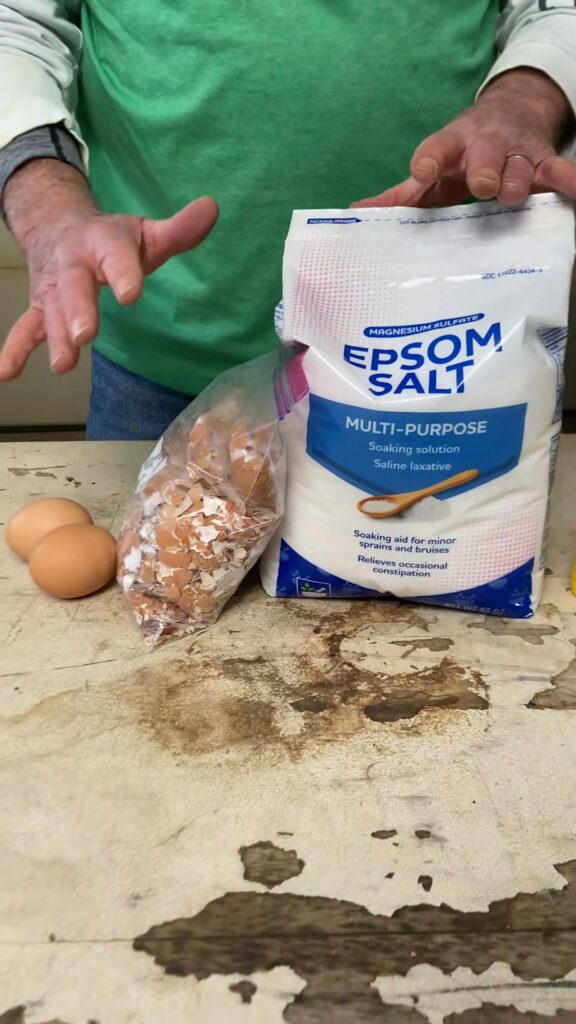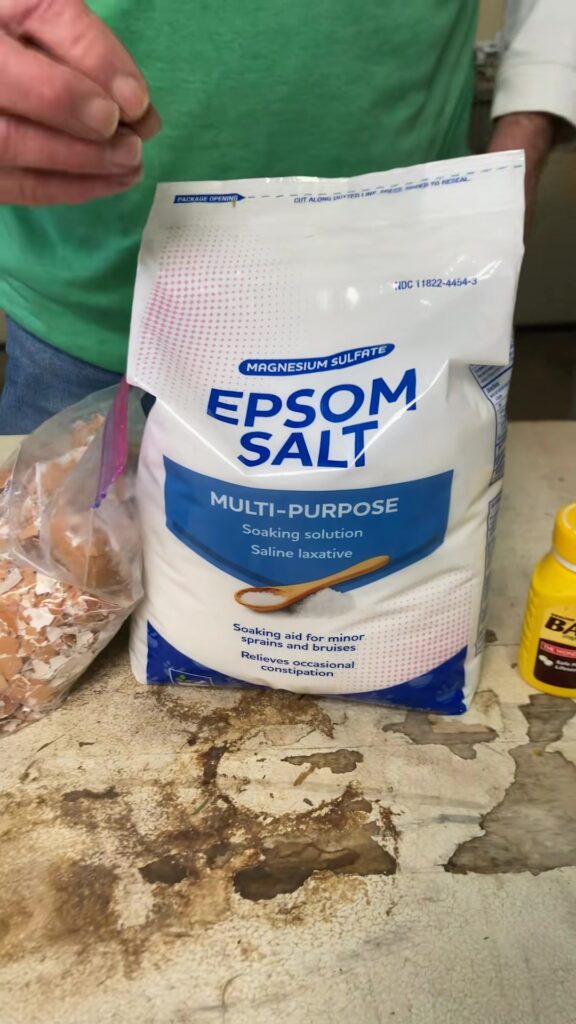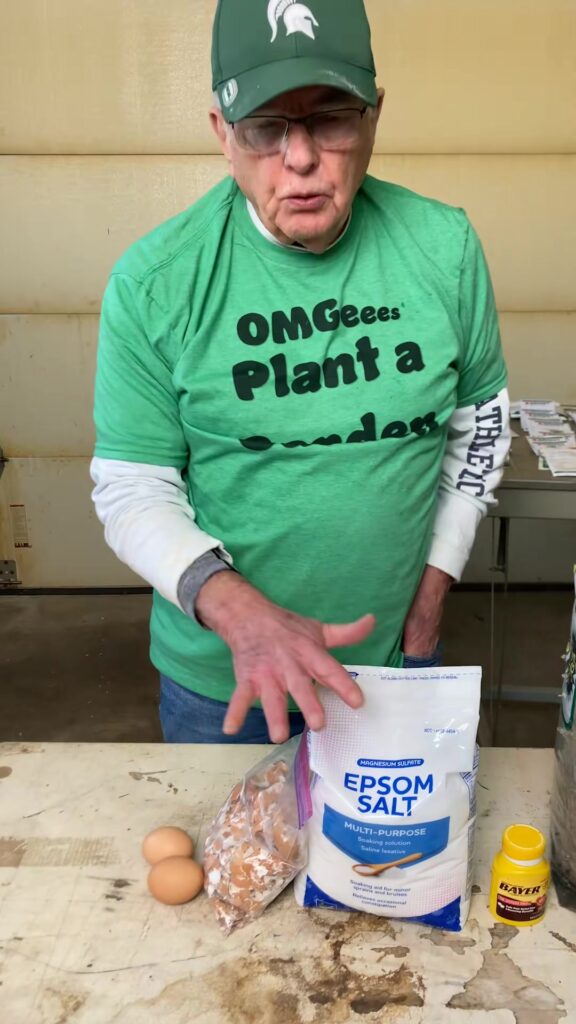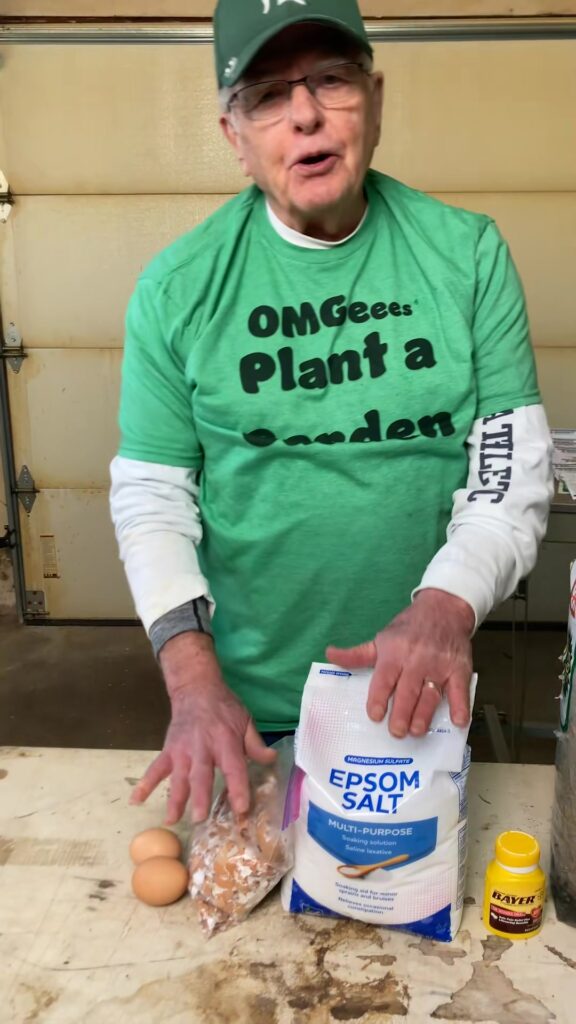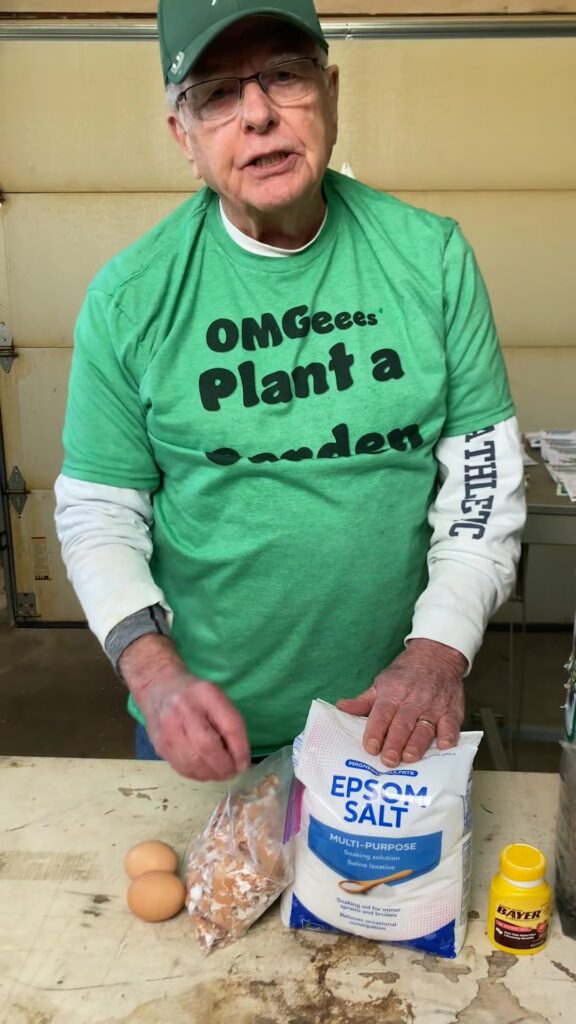Tomatoes are one of the most rewarding garden vegetables to grow, especially when they’re plump, juicy, and bursting with flavor. But getting those big, delicious tomatoes takes more than just planting a seedling and hoping for the best. With the right techniques, you can significantly boost the size and yield of your tomato harvest. Here are four powerful hacks to grow bigger tomatoes and get the most out of your garden.
1. Prune for Productivity
One of the best-kept secrets to growing bigger tomatoes is strategic pruning. When tomato plants are allowed to grow unchecked, they often produce more foliage and small fruits rather than a few large ones.
- Remove Suckers: Suckers are the small shoots that grow between the main stem and the leaf branches. Removing them helps direct the plant’s energy into fruit production rather than excess greenery.
- Bottom Pruning: Trim off the bottom leaves to allow for better airflow and to prevent soil-borne diseases. This also encourages the plant to put more energy into the fruits rather than lower leaves.
- Focus on a Few Trusses: Instead of letting the plant produce dozens of small fruits, limit the number of fruiting branches (trusses) to focus growth on fewer, larger tomatoes.
Be careful not to over-prune, especially early in the season. Leaves help with photosynthesis, which is essential for strong, healthy fruit development.
2. Feed the Soil, Not Just the Plant
Big tomatoes need rich, fertile soil to support their growth. Instead of just relying on synthetic fertilizers, focus on building soil health.
- Compost and Manure: Incorporate plenty of organic compost and well-rotted manure into your planting beds before transplanting. These materials release nutrients slowly and improve soil texture.
- Mulch with Purpose: Use organic mulch like straw or shredded leaves to retain moisture, suppress weeds, and keep the soil temperature steady.
- Balanced Fertilizer: Tomatoes benefit from a balanced fertilizer high in potassium and phosphorus, especially when they start flowering. Avoid too much nitrogen, as it encourages leafy growth over fruit development.
- Epsom Salt and Crushed Eggshells: Adding a tablespoon of Epsom salt and some crushed eggshells around the base of the plant can supply magnesium and calcium, which are vital for fruit growth and preventing blossom end rot.
3. Water Deep and Consistently
Inconsistent watering is one of the leading causes of small, cracked, or misshapen tomatoes. To grow big tomatoes, a steady and deep water supply is crucial.
- Deep Watering: Water the plants deeply but less frequently to encourage deep root growth. This helps the plant access nutrients more effectively and improves drought resistance.
- Soaker Hoses or Drip Irrigation: These systems deliver water directly to the roots and reduce evaporation. Avoid overhead watering, which can promote fungal diseases.
- Water Schedule: Try to water early in the morning and maintain a consistent schedule. Fluctuating moisture levels can lead to fruit splitting and irregular growth.
4. Choose the Right Variety and Support System
Some tomato varieties naturally grow larger fruits. Select seeds known for their size and quality.
- Best Large Varieties: Consider varieties like ‘Beefsteak,’ ‘Brandywine,’ ‘Big Boy,’ or ‘Mortgage Lifter’ for consistently large fruit.
- Provide Sturdy Support: Big tomatoes need strong support. Use cages, stakes, or trellises to keep the plants upright. Supporting the plants also improves airflow and sun exposure, reducing disease risk and improving ripening.
Train your plants to grow vertically, and regularly tie them up as they grow. This helps the plant focus its energy on developing large, healthy fruits rather than sprawling on the ground.
Final Thoughts
Growing bigger tomatoes isn’t just about luck—it’s about following smart gardening practices. With these four hacks—pruning properly, enriching the soil, watering consistently, and choosing the right varieties—you’ll set your plants up for success. Start early, stay consistent, and you’ll be harvesting huge, flavorful tomatoes that are the pride of any garden.


